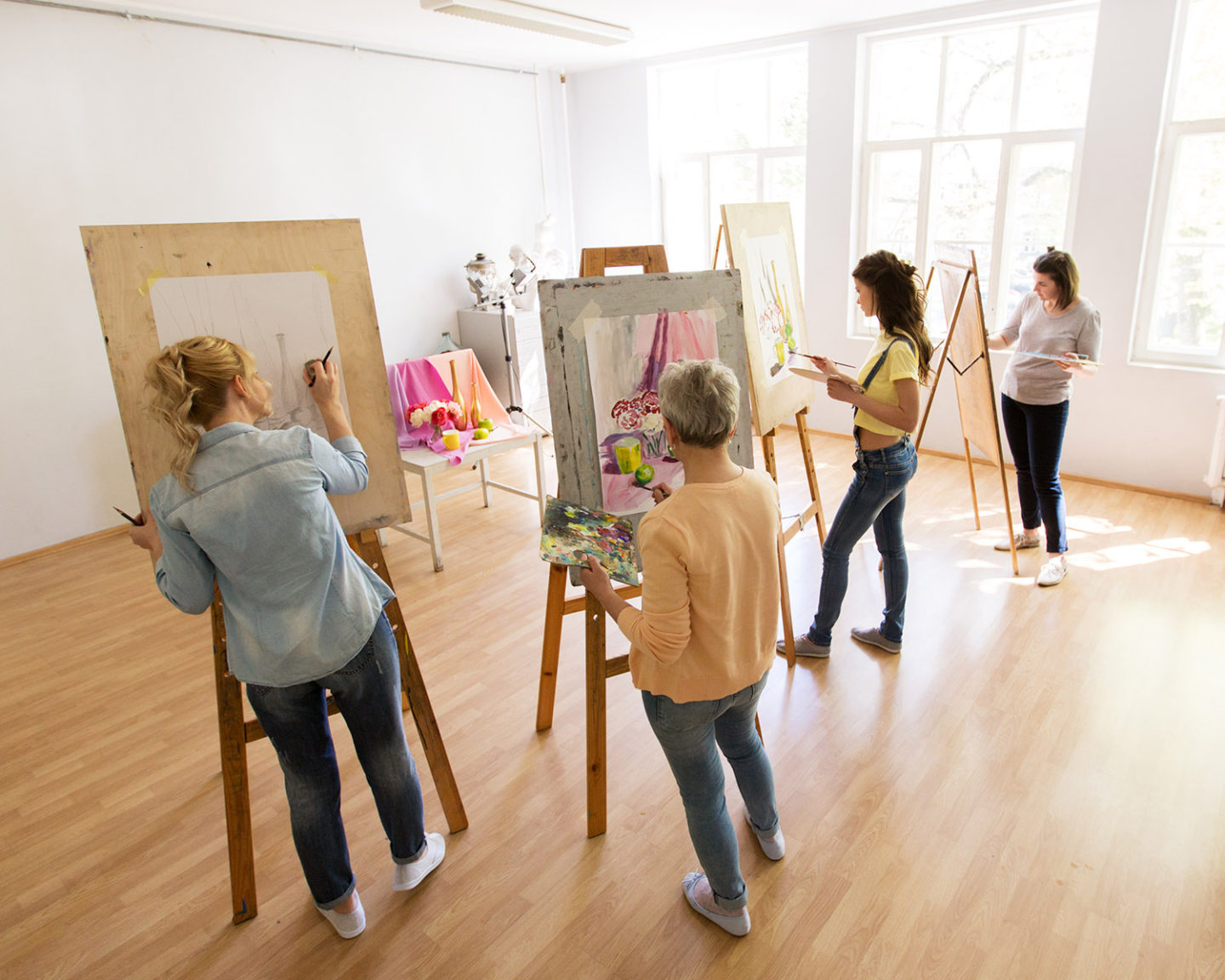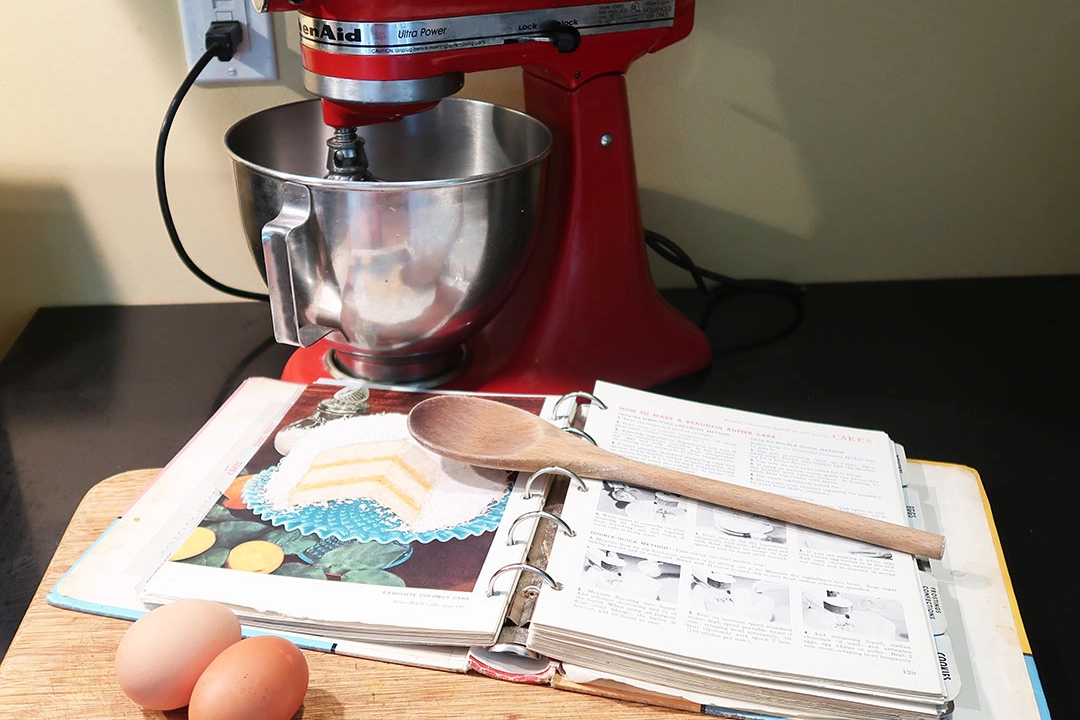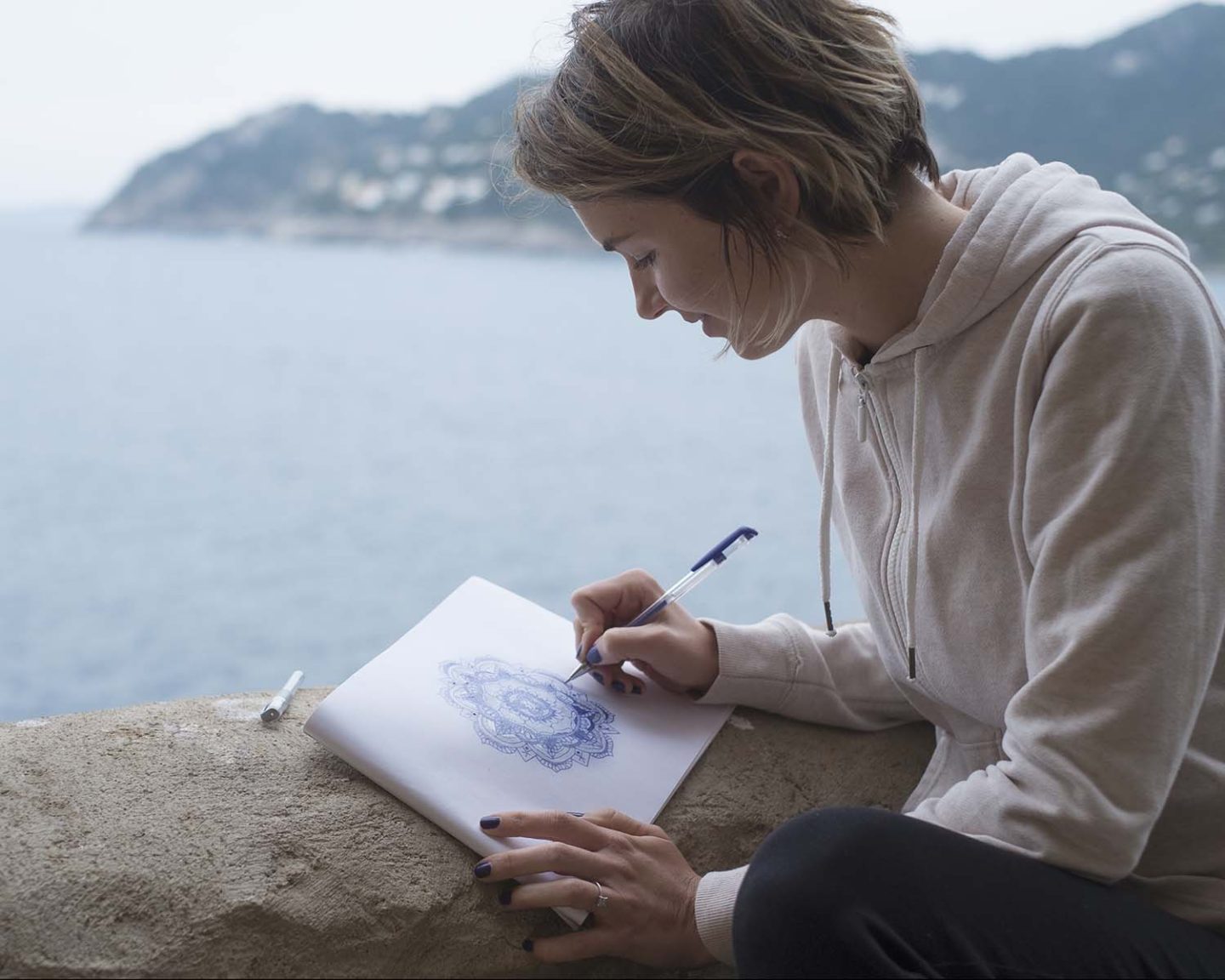
Have you wanted to learn to draw more realistically, but something keeps you from practicing regularly? First, ask yourself, “What exactly am I afraid of?” Then, start to think of drawing as a hobby you practice regularly. You may discover that the benefits of learning to draw outweigh the fear holding you back from learning. I like to start all my drawing sessions with some drawing warm-up exercises.
I keep multiple sketchbooks in varying degrees of completion. If I love a drawing, I’ll scan it and transfer it onto heavier paper or use my lightbox to trace it. I recently discovered my local library has a flatbed printer that can hold my watercolor paper!
However, if a drawing doesn’t turn out how I’d hoped, I simply turn the page in my sketchbook and move on. This is because personal sketchbooks take away so much pressure to always create something beautiful. I love figure and character drawing. It’s what I practice most in my sketchbook. If you want to learn more about how to get drawing the human figure, check out The Complete Guide to Face and Figure drawing here.
Making Morning Drawing Warm-Up Exercises the Start to My Day
I’ve started practicing drawing warm-ups while enjoying my morning coffee, and it’s been a game-changer. Here’s why you should adopt this practice too. Have you ever stared at a blank page in your notebook or a new document on your computer, not knowing what to draw? Minutes go by, your coffee disappears, and you’re still stuck.
I’ve been there, too.
But when I began using warm-up worksheets at the start of my sessions, my art improved, and I also discovered so many unexpected benefits of learning to draw. As I work through these exercises, ideas start flooding my mind! That once-intimidating blank sheet of paper doesn’t scare me anymore. To save paper, I often use my Wacom pad or iPad for practicing my Drawing Warm-Up Exercises. You can download a copy for free!
On mornings when I’m not really in the mood to draw, I tell myself, “I’ll just do some warm-ups today.” More often than not, I end up sketching a character or something else, and before I know it, over an hour has flown by.

5 Wonderful Benefits of Learning to Draw
1. Indulge in the soothing and tranquil practice of drawing lets you be present and fully immersed in the experience.
2. Hone your problem-solving abilities and fine-tune your coordination skills through the creative drawing process.
3. Gain realistic drawing proficiency is a foundational skill for various other artistic disciplines, including painting and sculpture.
4. The art of drawing bolsters communication abilities, particularly for figurative artists who dedicate substantial time to observing facial expressions, which provide valuable insight into the emotions of those we engage with.
5. Enhance your memory by stimulating the visual and motor regions of your brain, as corroborated by numerous research studies.
Several studies have shown that our memory improves by integrating the visual and motor parts of the brain. In other words, doodling helps you remember.
If these benefits of learning to draw sound exciting to you, grab a copy of my Drawing Warm-Up Exercises. The worksheets are completely free to download!
Adding Drawing as a Hobby Alleviates Anxiety
Have you ever notice how drawing brings out a lot of self-judgment? As a result, many of us hesitate to sign up for drawing or painting classes because we don’t already know how to draw. This fear is even stronger in in-person classes. There the instructor and fellow students can see and judge our work. Plus, those large sheets of paper they use in classes can be pretty intimidating.
While I sometimes appreciated instructor feedback, I preferred learning at home, where I could take things at my own pace and ask for criticism only when I felt ready.
Finding Peace of Mind Through Drawing
One of the most amazing unexpected benefits of learning to draw for me was the heightened awareness I entered—similar to what I feel when I meditate. When I started practicing daily drawing as a hobby, these extended periods in this peaceful and calm state made me feel calmer and cleared up some persistent health issues.
Instead of producing stress hormones like cortisol, our bodies generate more serotonin and other happiness hormones. I’ve found that meditation and taking short walks when I feel frustrated also help a lot.

The Recipe for Learning to Draw Realistically
Everyone can learn to draw realistically. Learning to draw is no different from learning to solve math problems or learning to cook. Most likely, when we were in the kitchen with our moms or dads, we were allowed to be beginners. They gave us simple instructions, to begin with. Then, when we proved we could do those correctly, they allowed us to try something more challenging.
Sometimes we burned the dish or put in the wrong ingredients. But we knew if we kept practicing, we would soon be preparing more complicated dishes with ease. I remember making baking mistakes like mixing up baking soda and baking powder (multiple times), adding way too much salt, burning many batches of cookies, and even burning my hands (Ouch!). And sometimes, even when I felt I’d done everything right, the dish tasted yucky.
But, most likely, you didn’t give up learning to cook because you knew it was a skill you could master.
Drawing is like that. Start with a gesture drawing, make a more complete sketch, add line variation, then shading, and finally, learn to include color by whatever medium you choose to work with.

Drawing as a Hobby Excourages Regular Practice
Drawing well might be partly natural talent. However the most important key to better drawing is regular practice and learning how to transfer what you see in 3 dimensions onto a sheet of paper.
Also, it is understanding to ignore our harsh inner critique. That voice tells us our drawings are terrible, and we’ll never be any good. However, once we learn to conquer that critique, drawing becomes such an enjoyable practice, we want to experience it again and again.
If drawing as a hobby sounds good to you, but you’re not sure how to make drawing part of your daily routine, make sure to download my free Drawing Warm-Up Exercises. Then, you’ll never have to start your drawing session staring at a blank sheet of paper again! And best of all, they’re free.
Do you make drawing a daily practice?
